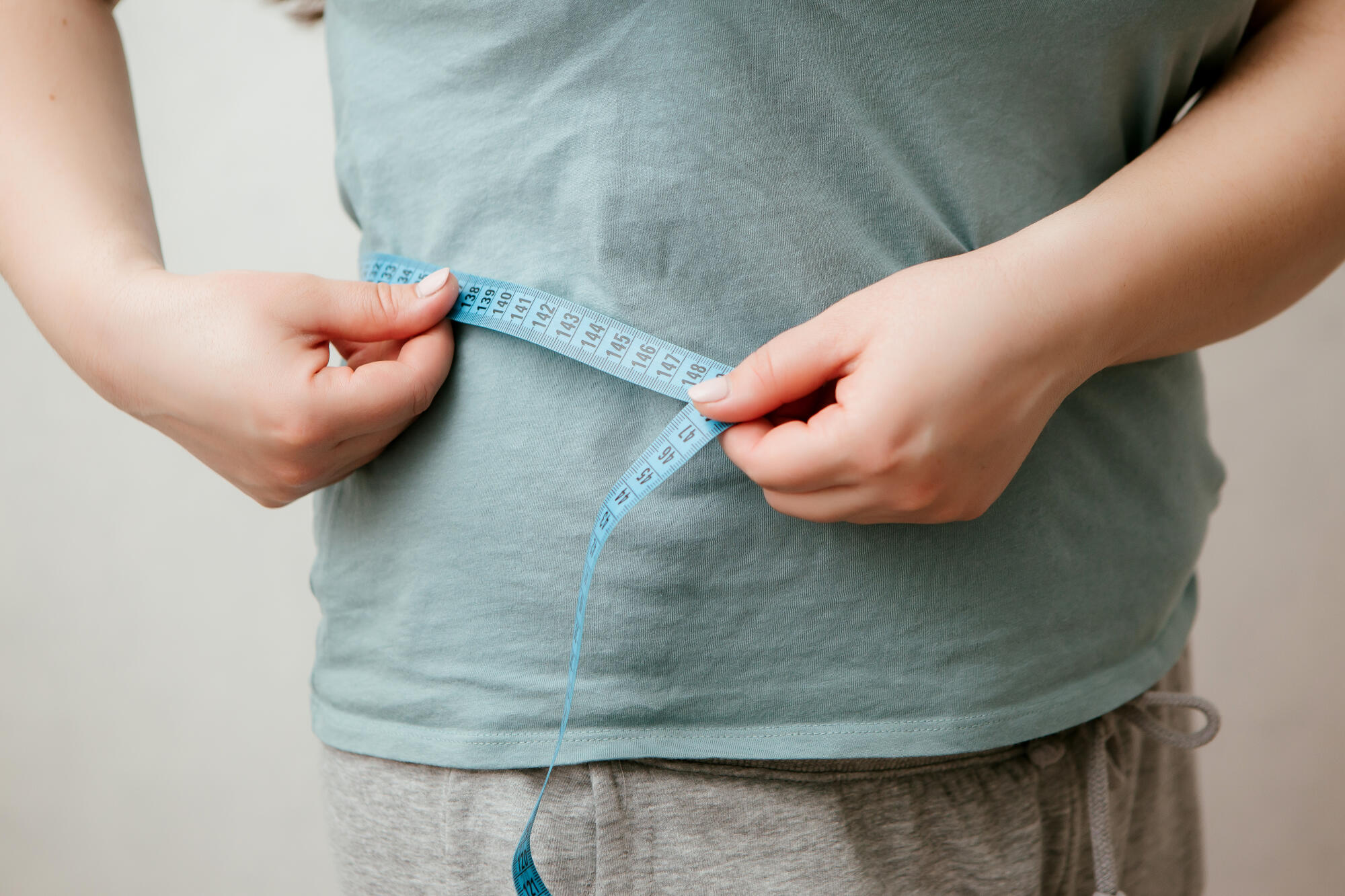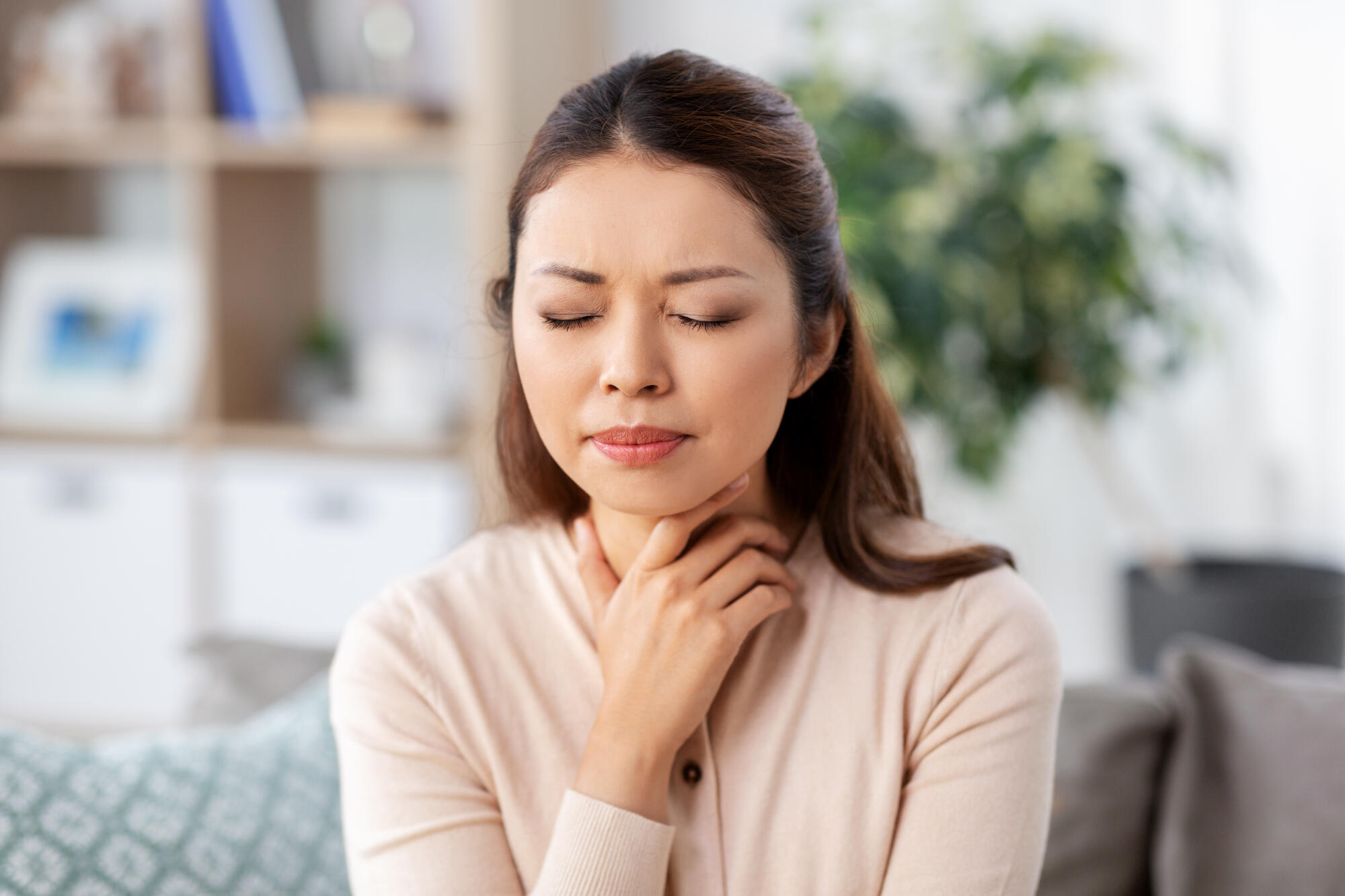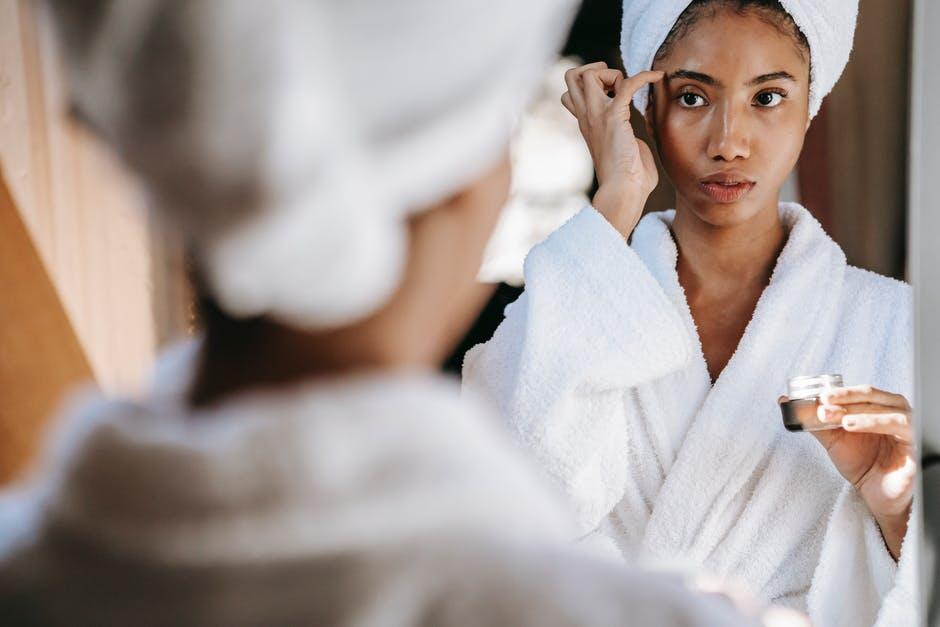Hair plays a significant role in shaping one’s identity and self-esteem. For women in their 20s, noticing signs of hair thinning or loss can be distressing. Female pattern baldness, known as androgenetic alopecia, is a common cause of hair loss in women.
This article seeks to delve deeper into the emotional intricacies, genetic factors, and proactive strategies involved in recognizing and addressing the nuances of female pattern baldness during this transformative stage of life.
Understanding Female Pattern Baldness
Female pattern baldness, a nuanced condition, manifests as a gradual thinning of hair predominantly on the top and crown of the scalp. Distinguished from male pattern baldness, women often undergo a subtler, overall thinning rather than a receding hairline. The intricate interplay of genetic and hormonal factors is pivotal in this process, leading to the gradual shrinking of hair follicles over time.
The genetic component of female pattern baldness cannot be overstated. It is a significant predictor if close family members, particularly on the maternal or paternal side, have experienced hair loss. This hereditary influence underscores the importance of understanding one’s familial history in navigating the trajectory of female pattern baldness.
Additionally, hormonal factors contribute significantly, especially fluctuations in androgens like testosterone and DHT. Conditions like PCOS can amplify these hormonal imbalances, expediting the onset of hair thinning.
Signs and Symptoms
- Increased hair shedding is noticeable on pillows, brushes, or in the shower.
- Widening of the part, revealing more of the scalp.
- Thinning of hair around the crown and temples.
- Slower hair growth and reduced hair density.
Recognizing the signs and symptoms of female pattern baldness is pivotal for early intervention. Increased hair shedding, noticeable on pillows, brushes, or in the shower, is an early indicator. As the condition progresses, a widening part becomes apparent, revealing more of the scalp. Thinning around the crown and temples, slower hair growth, and reduced hair density further characterize the evolving nature of female pattern baldness.
In addition to these external signs, understanding the internal shifts in the hair growth cycle is crucial. The gradual miniaturization of hair follicles leads to finer and shorter hairs, culminating in the cessation of new hair growth. Paying attention to these subtleties empowers individuals to take proactive steps and seek professional guidance promptly.
Consulting with a Healthcare Professional
Addressing female pattern baldness begins with consulting a healthcare professional. These specialists can conduct a comprehensive assessment, delving into your medical history, performing relevant tests, and determining the underlying causes of hair loss. This personalized approach ensures tailored recommendations for effective management.
Healthcare professionals may also explore potential secondary factors contributing to hair loss, such as thyroid disorders or nutritional deficiencies. A thorough examination allows for a holistic understanding, formulating a targeted treatment plan. Regular follow-ups with a healthcare professional are instrumental in monitoring progress and adapting strategies.
Hormonal Influences
Hormonal influences in female pattern baldness extend beyond the immediate fluctuations in androgens. Conditions like PCOS, characterized by imbalances in reproductive hormones, can exacerbate hair loss. Understanding these intricate hormonal dynamics prompts a multifaceted management approach, addressing the primary hormonal imbalances and the downstream effects on hair follicles.
In addition to medical interventions, lifestyle modifications can play a pivotal role in hormonal balance. Maintaining a balanced diet rich in iron, zinc, and vitamins A and D supports overall health and can positively impact hormonal equilibrium. Stress management techniques, such as meditation or yoga, serve as valuable tools in mitigating chronic stress, a known contributor to hormonal imbalances and hair loss.
- Androgen Fluctuations: Immediate changes in androgens contribute to female pattern baldness.
- PCOS Impact: Conditions like PCOS, with reproductive hormone imbalances, worsen hair loss.
- Multifaceted Management: Addressing primary hormonal imbalances and downstream effects is crucial.
- Medical Interventions: Explore medical options to regulate hormones and counteract hair loss.
- Balanced Diet: Maintain a diet rich in iron, zinc, vitamin A, and vitamin D for overall health and hormonal support.
- Lifestyle Modifications: Incorporate stress management techniques like meditation and yoga to mitigate chronic stress.
Lifestyle Factors
Nutritional Impact on Hair Health
Poor nutrition and vitamin deficiencies can compromise the health of your hair. A balanced diet, rich in essential nutrients, is crucial for preventing and managing female pattern baldness. Iron, in particular, is necessary for optimal hair growth, and deficiencies in this mineral are often associated with increased hair shedding.
Stress and Hormonal Imbalances
Chronic stress, prevalent in today’s fast-paced world, can significantly contribute to hormonal imbalances, further exacerbating hair loss. The body’s response to stress can disrupt hormonal equilibrium, impacting the hair growth cycle. Implementing stress management techniques is beneficial for overall well-being and plays a preventative role in the context of female pattern baldness.
Holistic Lifestyle Approach
Mindfulness practices like meditation or deep-breathing exercises can reduce stress levels. Regular exercise not only promotes physical health but also helps in maintaining hormonal balance. Additionally, ensuring adequate sleep is crucial for overall health, including the well-being of your hair. Taking a holistic approach to lifestyle can contribute to preventing and managing female pattern baldness.
Topical Treatments & Medications
Topical treatments and medications are integral components of the treatment arsenal for female pattern baldness. FDA-approved topical minoxidil, a vasodilator, promotes hair growth by widening blood vessels and improving blood flow to the follicles. Applying minoxidil directly to the scalp is a common and effective practice.
Healthcare professionals may sometimes recommend prescription medications like spironolactone or finasteride. These medications work by addressing hormonal imbalances associated with androgenetic alopecia. It’s crucial to use prescription medications under medical supervision, as they may have potential side effects that require monitoring.
Haircare Practices
Gentle Hairstyles
Avoid tight hairstyles that exert excessive tension on hair follicles to prevent breakage and loss.
Minimize Heat Styling
Reduce the use of heat styling tools to prevent hair damage and maintain the integrity of the hair shaft.
Sulfate-Free Shampoos
Choose sulfate-free and gentle shampoos to preserve scalp health.
Harsh chemicals in some shampoos can strip the scalp of natural oils, potentially exacerbating hair loss.
Prioritize Scalp Health
Opt for hair care products that prioritize scalp health while ensuring cleanliness.
Proactively care for and preserve existing hair by choosing products that support overall scalp health.
Your Journey, Your Hair
In conclusion, understanding and addressing female pattern baldness requires a multifaceted approach that considers genetic, hormonal, lifestyle, and emotional factors.
From early recognition of signs and symptoms to seeking professional guidance, implementing lifestyle modifications, and exploring cosmetic solutions, each facet plays a role in empowering individuals to manage and embrace their unique journey with female pattern baldness.











